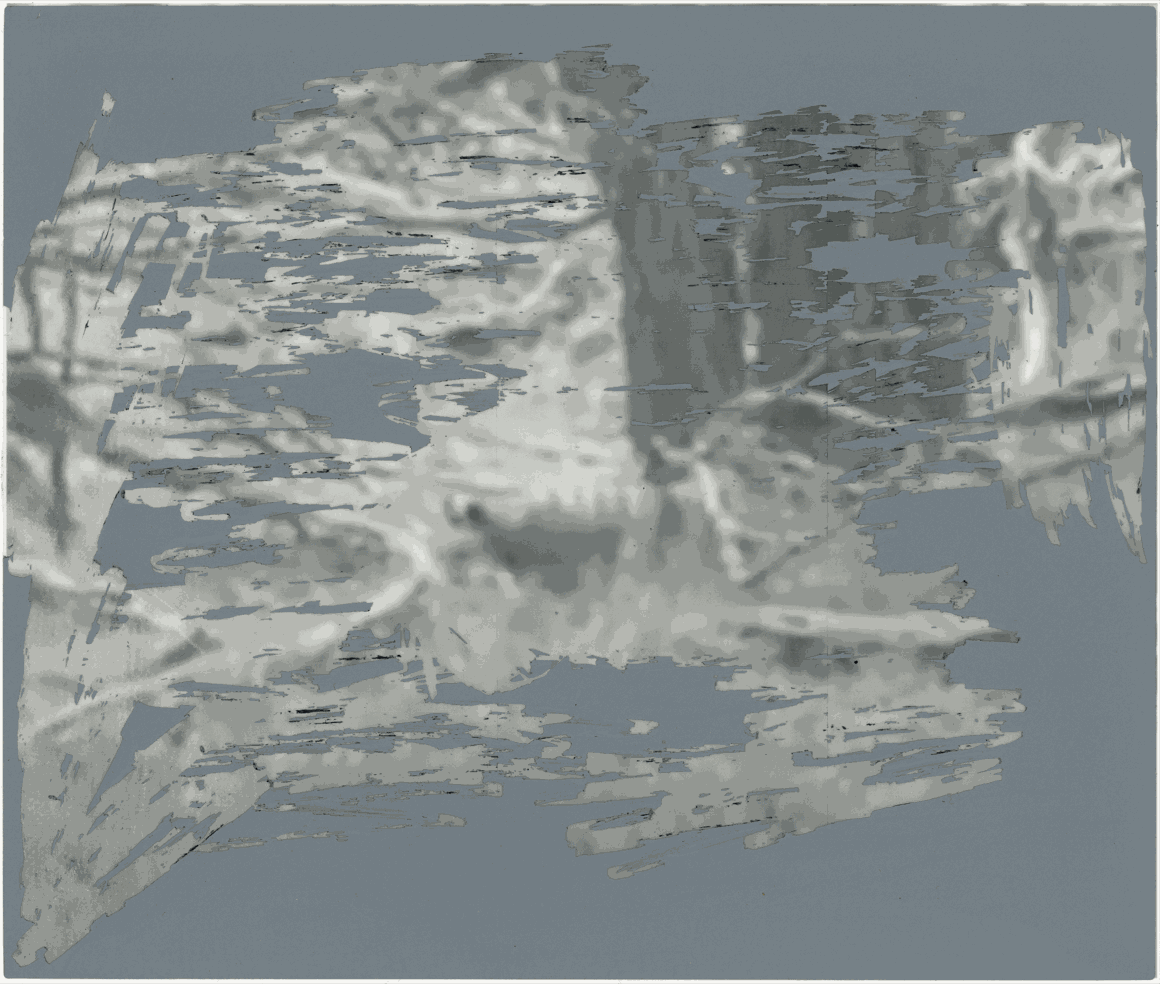The phrase ‘flash-looking’ suggests something slick and shiny, a high-gloss finish, a smooth way of operating. As a synchronising of parts, the phrase also suggests a quick glance, a glimpse, something seen out of the of corner of one’s eye: “What’s that”. Flash_Looking, featuring Toby Christian and Michela de Mattei, works through these connotations and more. Brought in dialogue, Toby and Michela’s artworks speak with and across each other with an anachronistic elegance, provoking questions about nature and being in our contemporaneous times. At first sight, Toby Christian’s hand-carved stone sculptures may initially intimate modernist language. In an art historical...
The phrase ‘flash-looking’ suggests something slick and shiny, a high-gloss finish, a smooth way of operating. As a synchronising of parts, the phrase also suggests a quick glance, a glimpse, something seen out of the of corner of one’s eye: “What’s that”. Flash_Looking, featuring Toby Christian and Michela de Mattei, works through these connotations and more. Brought in dialogue, Toby and Michela’s artworks speak with and across each other with an anachronistic elegance, provoking questions about nature and being in our contemporaneous times.
At first sight, Toby Christian’s hand-carved stone sculptures may initially intimate modernist language. In an art historical sense, they echo the elliptical edges of Constantin Brâncuși’s sculptural motifs. Rather than discernibly figurative or representational, Toby’s small sculptures have a bare quality; it is as if they are supposedly sacred artefacts from a lost age, now removed from circulation, isolated and on display. After a quick sighting, sitting with these objects of quasi-allegoric fascination, one begins to feel a sense of familiarity; we begin to grasp memories of analogous forms, everyday things, which we have grown so accustomed to that they are fused to our technological actuality. Looking closely, Toby’s marble sculptures begin with twenty-first century ergonomic forms – things we have held and have been held by. Synthesising these designs for modern life’s ‘essential tools’, Toby’s carvings can be seen as slight allusions to how, in an ever-digitalising age, the hapticity of human life is becoming a rarefied thing: something inaudibly thin and efficient, so close yet esoteric, remote.
The silver foil ‘scratch cards’ which constitute Michela de Mattei’s HANDSIGHTINGS series look like flat sheets of trembling steel. Beneath these surfaces however lie grainy photographic stills, images which document the existence of the said to be extinct Tasmanian tiger (aka the Thylacine). These frozen moments each come from a 19’29’’ video, assembled and edited by Michela from footage circulating amongst an online network of ‘Thylacine believers’. Echoing the ‘quest’ undertaken by this network, Michela occludes each of her stills behind a screen of grey, re-translating these digital records into chance encounters. Following her own quest-like process, Michela scratches into her print’s silvered surfaces so as to slightly reveal their haunting presences. Building on her investigation into human inabilities to cope with extinction and loss, and the mechanisms we use to overcome these feelings, the formalities of Michela’s prints give an image to humanly forms of longing. Indeed, to the community of believers collectively seeking encounters with these ‘living ghosts’, aspiring to prove their existence. Flash-looking, these works not only image the imperilled Thylacine but pointedly suggest how acts of seeing are never neutral.



